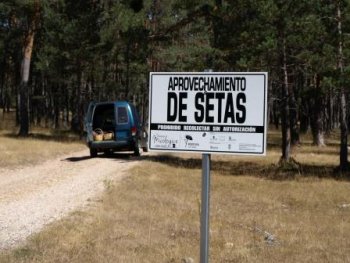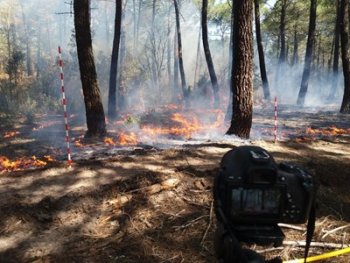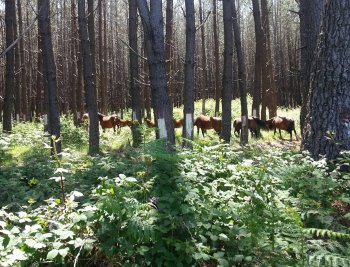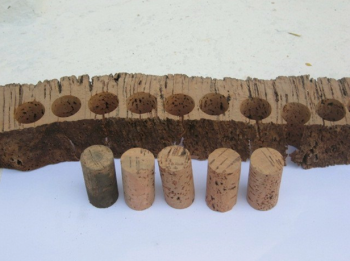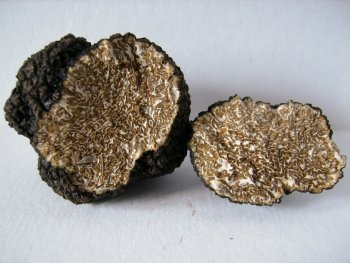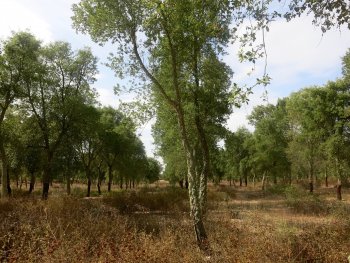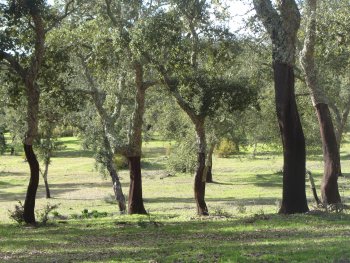Regulation of mycological harvesting in Castilla y León MICOCYL
Submitted by josemiguel.alte... on 1 April 2020The main objective is the implementation of a management system for the regulation of the mycological harvesting at a regional level, in order to generate, through the mycological resource, a way of rural and local development, by promoting mycological tourism and to encourage an ordered, sustainable and compatible activity with the rest of the uses and forest harvesting.
This management system is based on the sale of picking permits of different modalities and durations, with prices that vary according to classes of permits, between 3 and 300 Euros. It also adapts to current...

